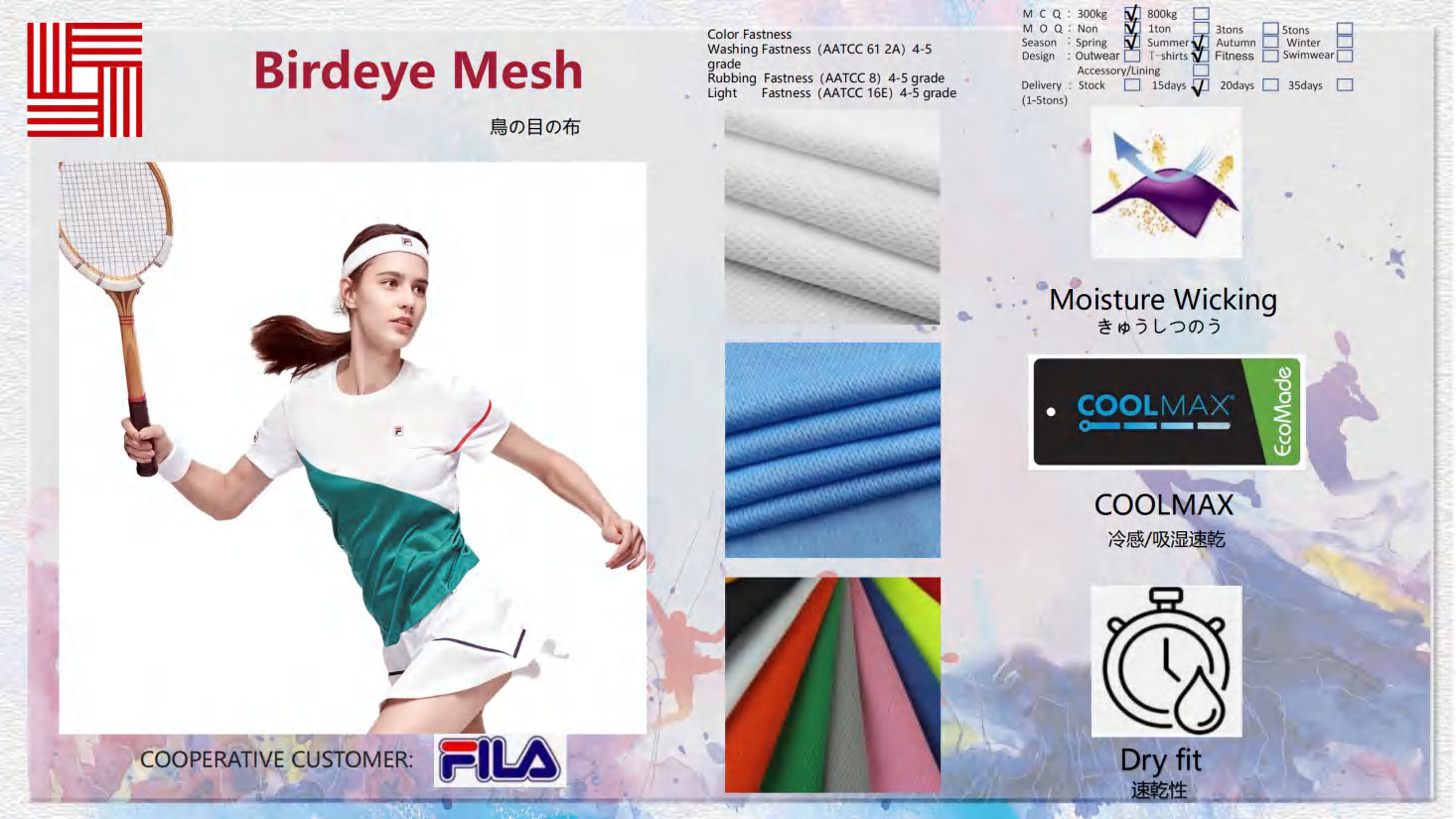The Advantages and Applications of Waterproof Fabric
Waterproof fabric is a revolutionary material that has become increasingly popular in various industries. It offers a wide range of benefits and can be used in numerous applications. In this article, we will explore the many advantages of waterproof fabric and its diverse uses.
1. Protection from the Elements
One of the primary advantages of waterproof fabric is its ability to provide protection from the elements. Whether it's rain, snow, or even spills, waterproof fabric acts as a barrier, preventing moisture from seeping through and reaching the underlying layers. This protection is especially beneficial in outdoor clothing, tents, and other applications where exposure to water is common.
2. Durability and Longevity
Waterproof fabric is designed to withstand harsh conditions and regular use. It is often made from high-quality materials that are resistant to tears, abrasions, and other forms of wear and tear. This durability ensures that the fabric will last for a long time, even with frequent use, making it a cost-effective choice for many industries.
3. Breathability
Contrary to popular belief, waterproof fabric can also be breathable. It allows air to pass through while repelling water. This breathability is crucial in applications such as rain jackets and outdoor gear, as it prevents overheating and allows moisture to escape, keeping the wearer comfortable and dry.
4. Versatility
Waterproof fabric is incredibly versatile and can be used in various applications. From outdoor clothing and accessories to upholstery and even medical equipment, this fabric offers a wide range of possibilities. Its versatility makes it a popular choice among manufacturers and designers across different industries.
5. Easy Maintenance
Waterproof fabric is known for its ease of maintenance. It is often stain-resistant and can be easily cleaned with a damp cloth or sponge. This low-maintenance aspect makes it ideal for applications where frequent cleaning is necessary, such as outdoor furniture or car seat covers.
6. Environmental Benefits
Choosing waterproof fabric can have positive environmental impacts. Many waterproof fabrics are made from recycled materials or are recyclable themselves. By opting for sustainable options, you can reduce your carbon footprint and contribute to a more eco-friendly future.
7. Medical and Healthcare Applications
Waterproof fabric plays a crucial role in medical and healthcare settings. It is used in the production of items such as surgical gowns, bed linens, and mattress protectors. These fabrics provide a barrier against liquids and contaminants, ensuring hygienic conditions and reducing the risk of infections.
8. Outdoor Gear and Equipment
Outdoor enthusiasts rely on waterproof fabric for their gear and equipment. From backpacks and tents to boots and gloves, this fabric ensures that adventurers stay dry and comfortable during their outdoor activities. Waterproof fabric is also commonly used in the production of waterproof bags and covers for electronic devices.
9. Automotive and Marine Industries
The automotive and marine industries heavily utilize waterproof fabric. It is used in the manufacturing of car seats, convertible tops, boat covers, and upholstery. These fabrics protect the interior of vehicles and boats from water damage, prolonging their lifespan and maintaining their aesthetics.
10. Construction and Architecture
Waterproof fabric is an essential component in the construction and architecture industries. It is used in the creation of roofing materials, awnings, and building membranes. These fabrics provide protection against water infiltration, preventing structural damage and maintaining the integrity of buildings.

